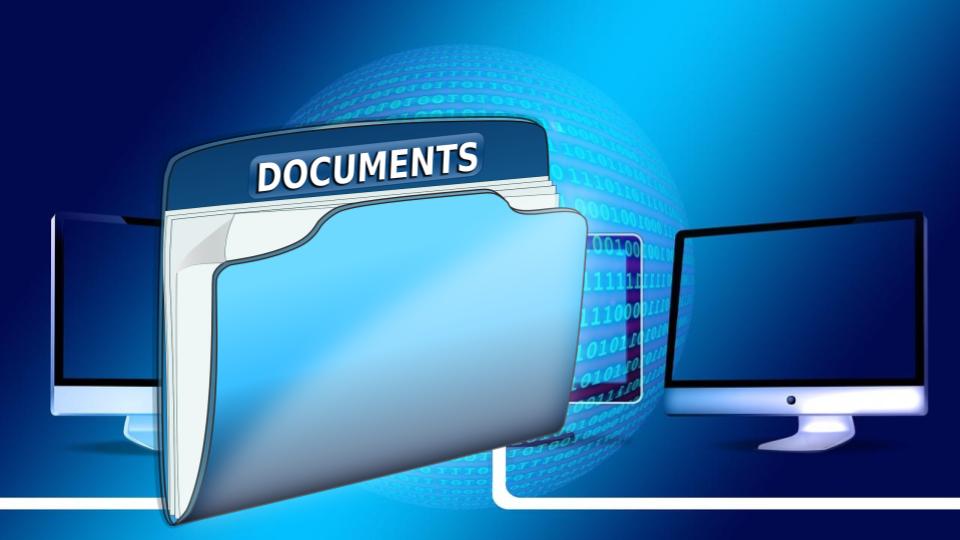A customer asks:
Morning Peter – I have a question, do I need this file? [CNET_TechTracker_2_0_1_51_Update] I am committed to cleaning up my file space in 2019. I have just begun. I found the article below on Tech Tracker, which states some say YES keep it others NO.
Answer:
Good for you. File maintenance is a very important task that most people avoid doing and end up with user folders so cluttered and unorganized they can’t find anything.
The screenshot you sent shows Windows indicates this file is an ‘application.’ It appears to be a 2010 update to CNET TechTracker. It is ancient and not needed. Delete it.
CNET Tech Tracker may or may not be installed on your computer. It is a non-essential ‘free’ program that helps keep software on your computer up to date. Other than that I do not know anything about it. CNET is a fairly reputable outfit, but I am skeptical of supposedly free helper programs like this. CNET is making or hopes to make money somehow. Either by delivering advertising, collecting data, or trying to convince you to pay for a premium version or to download some of the updates.
If you were to set Windows to show file extensions, you would see that full name is CNET_TechTracker_2_0_1_51_Update.exe This indicates it is an executable file, in other words a program.. “Application” or “app” is the in-vogue name for a program.
You should look very closely at any ‘application’ in any of your user data folders because it is not a document, picture, etc. it is a program which will execute when you ‘open’ it. This means it can install itself or do virtually anything else. This is a primary way that computers get infected with malware and other junk programs.
In particular, there should be no ‘applications’ in your Documents folder unless you put them there for a very specific reason such as to save an installer for some program that you purchased.
Another folder you should clean up is your Downloads folder. It is very typical that all kinds of program installers, updates, and a lot of other junk accumulates here. If you have actual ‘documents’ or pictures that you want to save (maybe downloaded as email attachments or from some web page link), move them to the appropriate place. If there are installers for program you purposely downloaded, you should make a special folder for them so you don’t delete them accidentally. Delete all the other accumulated junk.
No legitimate program should be permanently installed or running from Documents or Downloads, so deleting anything there should not screw up the computer.
There are many other hidden folders that should also be checked and cleaned up. Some of the places questionable programs install themselves are the application data folders because it is easier for junk programs and malware to get themselves ‘installed’ in to these folders compared to a proper installation in the Program Files folder. So any time I do a diagnostic and see something is running from an appdata folder I am suspicious of it.
Describing how to do a thorough check and clean up is beyond the scope of this column. If you need help, call me. I can do routine clean up by remote access. 315-376-8879.
Original newspaper column published January 2019
